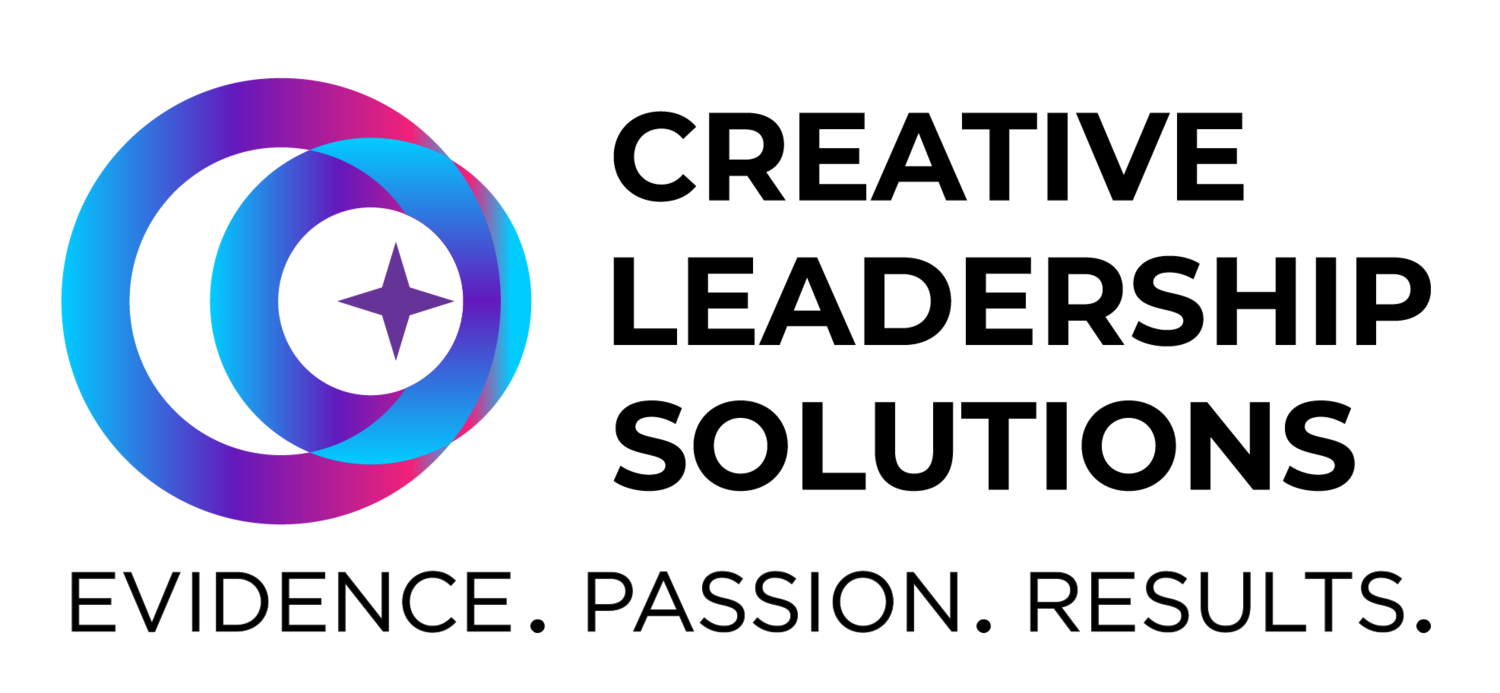The Myth of Buy-In
By Douglas B. Reeves
January 7, 2010
There is a prevailing mythology of change leadership that if we just find the right blend of persuasion, research, and emotional appeal, then the staff will embrace the changes that leaders wish to make. This false belief is based on the myth of buy-in—that in order to implement effective change, leaders must first gain widespread agreement from the staff. When leaders tell me that they have buy-in from all of their staff members, one of two things is true— either they are not really asking for significant change or, more likely, the real resistance is happening underground, out of the earshot of the leader. This is why the vast majority of change initiatives fail. Harvard professor John Kotter, one of the world’s foremost experts on change leadership, estimates that more than 90 percent of change efforts are not implemented as intended.
Change of any sort is difficult and painful.
Change of any sort is difficult and painful. Change represents a loss—a loss of prior practices and a loss of an established comfort zone. Anyone who claims that they can make change easy or popular has never led a significant change effort. In this article, I’m suggesting we toss aside the myth of buy-in and instead acknowledge the challenges and difficulties associated with change, and address our colleagues in a respectful manner, even when they disagree with a proposed change.
I’m not suggesting that leaders bully and intimidate subordinates into change. Rather, we must change the conversation from a desperate appeal for agreement to a thoughtful, respectful, and reasoned approach to the uncertainty and difficulty that surround all change efforts. Consider, for example, the solid but unpopular research on nonfiction writing. When students write to describe, persuade, evaluate, and compare, it improves their performance in reading comprehension, mathematics, science, and social studies. Schools that have engaged in systematic writing—every subject, every grade, every month—have made substantial gains in student achievement. Despite the evidence, it’s a hard sell. Teachers have full plates—too many standards, overburdened curricula, student behavior issues, and an unending stream of initiatives from
helpful outsiders. “And now you want me to add writing? You’ve got to be kidding!”
So, let’s change the conversation. No more earnest appeals. No more inspirational speeches. No more imperious demands. Just a thoughtful and respectful dialogue that goes something like this: “We’ve all heard the research on the power of writing to improve student achievement, but I want you to know that I heard the skepticism very clearly. You’re busy and besides, most of you are not trained as teachers of writing. So, I’m not asking you for buy-in right now. I’m just asking for a fair chance. You choose the day, you choose the prompt, and you choose how or whether to grade it. All I’m asking is that once each month for the next four months, you have a nonfiction writing prompt linked to your curriculum. Perhaps you will ask students to explain a graph in math, describe a map in social studies, or describe an experiment in science. I’m asking that you use our very brief simplified rubric—it’s only about one- third of a page. We should all expect students to write coherently, spell correctly, and support their claim in every subject with evidence. You are the subject expects and can assess content however you wish. I promise that we’ll then look at the results at the end of the semester and evaluate for ourselves whether the national research on writing is relevant to our school. To be clear, I know that many of you are skeptical, and I value and respect skeptics. Skeptics brought us the Age of Enlightenment. Skeptics brought us the scientific revolution. Skepticism is how we learn and grow. So, it’s OK to be skeptical—but let’s give this a fair try and learn together what works best for our students in our school.
Start small.
I’ve seen similar progress in grading reform, a deeply emotional subject with strong opposition from many teachers. Rather than implement an overhaul in grading systems that inevitably creates tension among faculty and parents, start small. In the past few months, I’ve seen very skeptical teachers make presentations to their colleagues about small changes in their grading systems. “I wasn’t ready to change everything,” said one California high school science teacher. “But I just changed two things – I stopped using the average to calculate semester grades, and I went back to our old- fashioned A, B, C, D, F grading scale—just like we calculate grade-point averages, with A=4, B=3, C=2, D=1, and F=1. I got rid of the 100-point scale. That was it—just those two changes, and this semester, with the same curriculum and same assessments, I had more than 40 fewer Ds and Fs. It really made a difference. Students who used to fail were willing to show resilience, work hard, and achieve at higher levels. I also noticed that student behavior was significantly better because I didn’t have students who had just emotionally checked out due to certain failure.” I could have given a thousand speeches on grading that were not as effective as this one teacher speaking to his colleagues with evidence from students in his school.
In the excellent new book by James Clear, Atomic Habits (2018), the author makes a powerful evidence-based approach about how individuals and organizations change. It is not through massive changes, but through incremental improvements with measurable results. No Stalinist five-year plans. No bizarrely complicated strategic plans. No improvement plans that sit on the shelf. It’s frequent actions—like writing just once a month or small improvements in grading practices that are widely accepted as reasonable and that can show results in a single semester. So, let’s drop the illusion of buy-in and just have respectful and evidence-based discussions with our colleagues.
